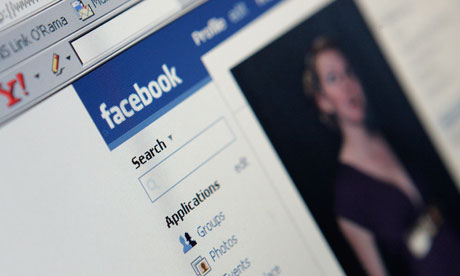
One maxim has obsessed the world of media and marketing for decades. Brands matter; branding matters. Does the FT or Daily Mail brand have power and resonance? Can it define in an instant the readers their paper delivers? When branding goes wrong – see the shrinking Express empire – nothing goes right. If the Sun brand grows tarnished, can it be polished anew?
This weekend some 5,000 readers from our sister paper, the Guardian, are spending time at the paper's HQ listening to writers, joining debates, meeting each other and high-profile guests – and generally becoming a more active part of a consciously created Guardian community. That's a fascinating move.
If the future is "open journalism" in an increasingly digital-first age – sharing, engaged, not top-down and secretive in the ancestral manner – then weekends like this symbolise the trend. If much of the fall in quality newspaper sales is caused by less regular purchasing through the week, then the subscription approach that goes with loyalty-building is one response. If subscriptions – online or off – help build a marketplace that advertisers can use, then that's money flowing in. And if the march into a digital future (via mobiles, iPads, laptops, three pigs TV advertising et al) helps create a distinctive, forward-looking brand, then that surely has to be good news as well.
So expect more open weekends on more papers; more engagement, more moves making newspapers into digital brands rather than "legacy" reminders of dead trees past. But also, perhaps, expect a growing debate – about the essence of digital branding itself.
The media analyst Jim Chisholm, who once worked for the Guardian himself, is a critic of newspapers that shun the new world of digital opportunity and outright gloomy about the way our press generally has failed to exploit levels of internet penetration here which leave most of Europe and the US behind. We're off the pace too often. But also he tends to remember history.
Newspapers, Chisholm argues, have been around for 400 years. In 76% of the globe's population, they're still growing. It's only in the west that they've been declining – and only since 1990 (before the net had any impact). But now look at the digital revolution.
Chisholm says: "Tim Berners-Lee conceived the world wide web in 1989. In 1993 the internet carried 1% of telecommunication information. Fourteen years later, the figure was 97%. Today it is generally accepted that, in the west at least, the level of fixed internet services has reached its peak both in terms of users and time spent, though commercial revenues will continue to grow. European digital advertising growth rates have fallen from 50% plus in the early noughties to around 12% currently. Mobile is leaving a now mature technology behind."
Crunch a few digital numbers, then. Note how Microsoft, launched in 1975, saw its share price peak 13 years ago, after 24 years – 65% of its life so far. Remember that Google was launched in 1998 and that, again, its shares peaked 65% in. Never forget how Yahoo's value reached a pinnacle just four years after its launch in 1994 – and today stands at merely a fifth of those once heady figures. Try to recall your Myspace and Netscape days.
"When I first visited AOL – I think in 1994 – it comprised 24 people," Chisholm recalls in his blog for InPublishing. "When it 'merged' with Time Warner, one New York analyst joked at the time: 'Why is AOL merging with Time Warner when Time still hasn't merged with Warner?' Today, it's worth less than $2bn. The combined value of AOL/Time Warner is now a tenth of their combined peak."
The Chisholm conclusion? Today's most high-profile digital brands – Google, Facebook (with its oppressive revenue model), Twitter and the rest – are vulnerable in terms of rapidly changing technology, and even more so in terms of brand survival. Newspapers' attachment to them "is a life raft with a hole in it – by increasingly relying on social networking and search brands for oxygen, we are further choking our own identity."
As print newspapers stride into cyberspace, can they hang on to the brand durability that's sustained them for so long? Well, for one thing, digital brands haven't been around long enough to build evidence we can rely on. They may oscillate violently: Mail Online lost 8 million unique browsers in a month in February, the Mirror saw 31% of its online audience go walkabout, while the Guardian saw a 9.9% positive bounce to nearly 70 million uniques. These are big swings. This isn't rather more grounded, print-style development. And inevitably it poses questions. Can new-media brands reach a steady state? For an answer there, we'll probably need many engaged weekends to come.

